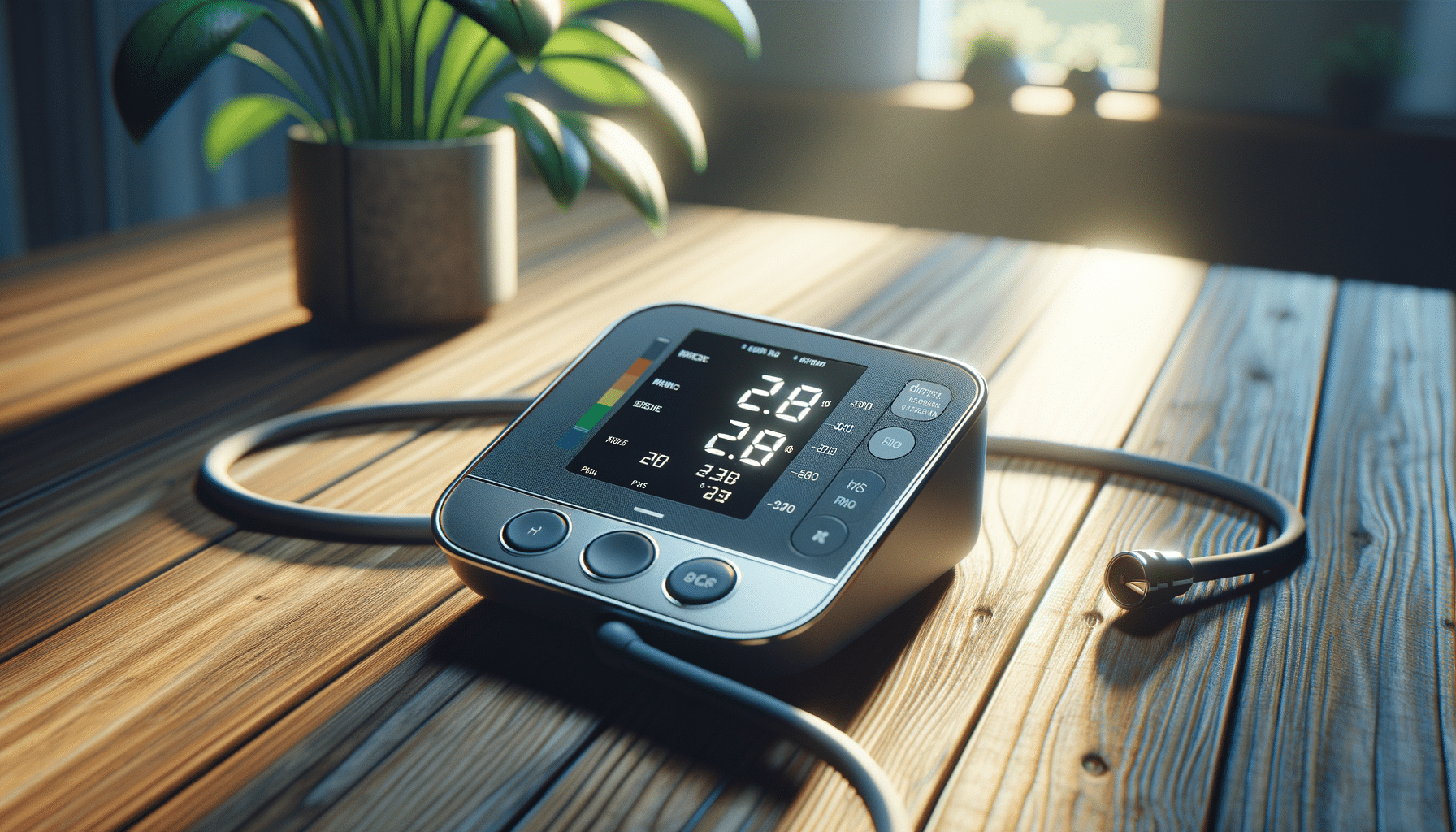
What to know about high blood pressure
Understanding Blood Pressure
Blood pressure is a crucial aspect of cardiovascular health, often serving as an indicator of overall well-being. It refers to the force exerted by circulating blood on the walls of blood vessels, primarily arteries. This pressure is essential as it enables the blood to deliver oxygen and nutrients to various tissues and organs. Blood pressure is measured in millimeters of mercury (mmHg) and is represented by two numbers: systolic and diastolic pressure. The systolic pressure, the higher of the two numbers, indicates the pressure in the arteries when the heart beats. In contrast, the diastolic pressure, the lower number, reflects the pressure in the arteries when the heart rests between beats.
Understanding how blood pressure functions can help individuals recognize the importance of maintaining it within healthy limits. Regular monitoring is key, as high blood pressure can remain undetected while causing significant damage to the heart and other organs over time. Awareness and education about blood pressure can empower individuals to make informed lifestyle choices that promote heart health.
Factors Influencing Blood Pressure
Numerous factors influence blood pressure, ranging from lifestyle choices to genetic predispositions. Diet plays a significant role; high sodium intake, for instance, can lead to elevated blood pressure levels. Conversely, a diet rich in fruits, vegetables, and whole grains can help maintain healthy blood pressure. Regular physical activity is another essential factor, as it strengthens the heart, allowing it to pump blood more efficiently, reducing pressure on the arteries.
Other factors include weight, stress levels, alcohol consumption, and smoking. Excessive body weight increases the risk of high blood pressure, while stress can lead to temporary spikes. Consuming alcohol in moderation and avoiding smoking can also contribute to maintaining healthy blood pressure levels. Understanding these factors is vital for individuals seeking to manage or prevent high blood pressure effectively.
Risks Associated with High Blood Pressure
High blood pressure, or hypertension, poses several health risks if left unmanaged. It is often referred to as a “silent killer” because it can cause significant damage without noticeable symptoms. One of the most severe risks associated with high blood pressure is heart disease. Elevated pressure can damage arteries, leading to atherosclerosis, a condition characterized by narrowed and hardened arteries, increasing the risk of heart attacks and strokes.
Additionally, hypertension can lead to kidney damage, as the kidneys rely on healthy blood vessels to function effectively. Over time, high blood pressure can cause blood vessels in the kidneys to weaken, impairing their ability to filter waste from the blood. Other complications include vision loss and cognitive decline, emphasizing the importance of regular monitoring and management of blood pressure levels.
Preventing and Managing High Blood Pressure
Preventing and managing high blood pressure involves a combination of lifestyle modifications and, in some cases, medication. A balanced diet, regular exercise, and maintaining a healthy weight are foundational strategies. Individuals should aim to consume a heart-healthy diet that includes plenty of fruits, vegetables, lean proteins, and whole grains while limiting sodium, saturated fats, and processed foods.
Engaging in regular physical activity, such as walking, cycling, or swimming, can significantly impact blood pressure management. Stress management techniques, such as meditation, yoga, or deep breathing exercises, are also beneficial. For some individuals, medication prescribed by a healthcare provider may be necessary to maintain blood pressure within a healthy range. Regular check-ups and blood pressure monitoring are crucial components of an effective management plan.
The Role of Technology in Blood Pressure Monitoring
Technology has revolutionized the way individuals monitor and manage blood pressure. With the advent of wearable devices and smart home monitors, individuals can now track their blood pressure regularly and conveniently. These devices often come equipped with features that allow users to record and analyze data over time, providing insights into patterns and trends that might otherwise go unnoticed.
Furthermore, mobile applications can help individuals set reminders for medication, track dietary habits, and even connect with healthcare providers for remote consultations. The integration of technology into blood pressure management offers a proactive approach, empowering individuals to take charge of their cardiovascular health. As technology continues to advance, it holds the potential to further enhance the effectiveness and accessibility of blood pressure monitoring and management.


